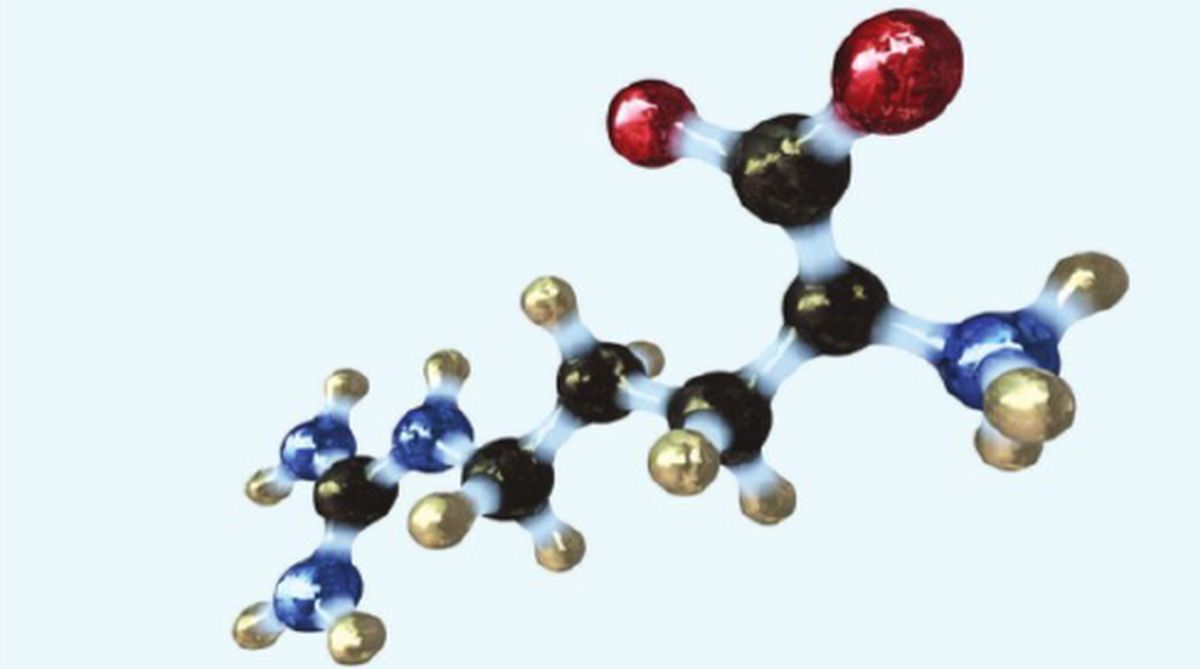The normal process of translation happens when mRNAs containing mutant codons are translated. It provides an overview of the main types of mutations and their impact on the polypeptide chains produced by mRNAs. Most codon mutations simply alter a single amino acid, and mutations in the third base of a codon frequently do not change the amino acid at all. However, mutations that add or remove stop codons, or alter the reading frame, can severely disrupt mRNA translation.
Mutations that convert amino acid-coding codons into stop codons are referred to as nonsense mutations. A case in point is the mutation of a single base pair in DNA to an AAG lysine codon in mRNA to a UAG stop signal. Nonsense mutations like this one typically lead to production of incomplete, nonfunctional polypeptides that prematurely terminate the mutant stop codon.
Advertisement
Although nonsense mutations in essential genes are often lethal, phages with such mutations can nonetheless grow in certain strains of bacteria. These special bacteria “suppress” the normal chain-terminating effect of nonsense mutations because they have a mutant tRNA that recognises what would otherwise be a stop codon and inserts an amino acid at that point. A mutant tRNA has an altered anti-condon that allows it to read the stop codon UAG as a coda for tyrosine. The inserted amino acid is almost always different from the amino acid that would be present at that position in the wild-type protein but the crucial feature of suppression is that chain termination is averted and a full-length polypeptide can be made.
A tRNA molecule that somehow negates the effect of a mutation is called a suppressor tRNA. Suppressor tRNAs exist that negate the effects of various types of mutations in addition to nonsense mutations. For the cell to survive suppressor tRNAs must be relatively inefficient; otherwise, the protein-synthesising apparatus would produce too many abnormal proteins. An overly efficient nonsense suppressor, for example, would cause normal stop codons to be read as if they coded for an amino acid, thereby preventing normal termination.
In fact, the synthesis of most polypeptides is terminated properly in cells containing nonsense suppressor tRNAs, indicating that a stop codon located in its proper place at the end of an mRNA coding sequence still triggers termination, whereas the same codon in an internal location does not. This suggests that besides requiring the presence of a stop codon, normal termination involves the recognition of a special sequence or three-dimensional configuration located near the end of the mRNA coding sequence.
In the absence of an appropriate suppressor tRNA, a nonsense stop codon will cause mRNA translation to stop prematurely, thereby generating an incomplete polypeptide chain. To avoid this problem, mammalian cells (which typically lack suppressor tRNAs) destroy mRNAs containing premature stop codons by a mechanism called nonsense-mediated decay. The key to this mechanism is the exon-junction complex, a multi-protein complex deposited during mRNA splicing at each point where an intron is removed from premRNA. Thus a newly made mRNA molecule will have one or more EJCs bound to it, one near the beginning of each exon-exon junction.
During translation, the distinction between normal and premature stop codons is made on the basis of their relationship to EJCs. If a stop codon is encountered in an mRNA prior to the last EJC-in other words, before the last exon — it must be a premature stop codon. This stop codon will cause translation to be terminated while the mRNA still has one or more EJCs bound to it, and the presence of any remaining EJCs marks the mRNA for degradation.
The writer is associate professor, head, department of botany, Ananda Mohan College, Kolkata, and also fellow, botanical society of Bengal, and can be contacted at tapanmaitra59@yahoo.co.in











